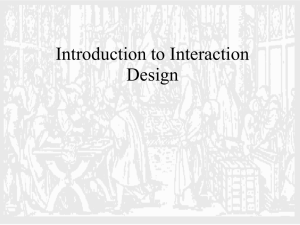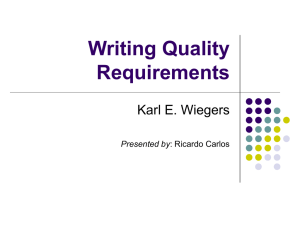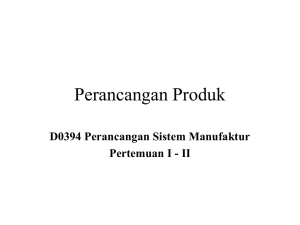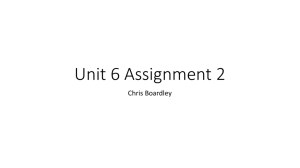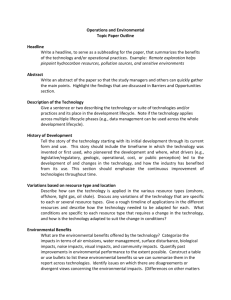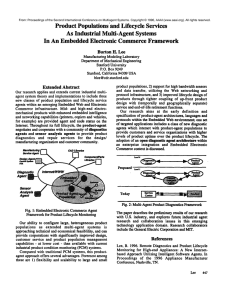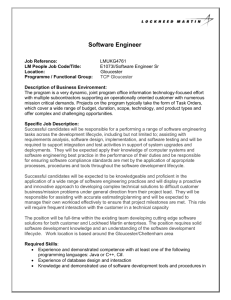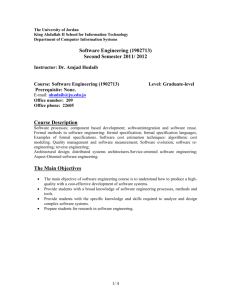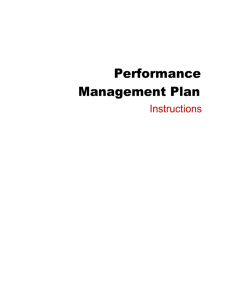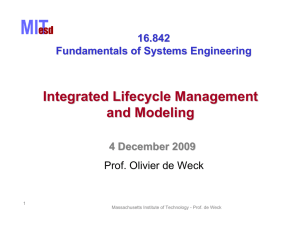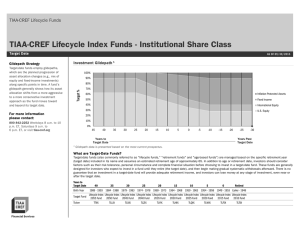I494 I494 -- Designing and Designing and Developing an Information
advertisement
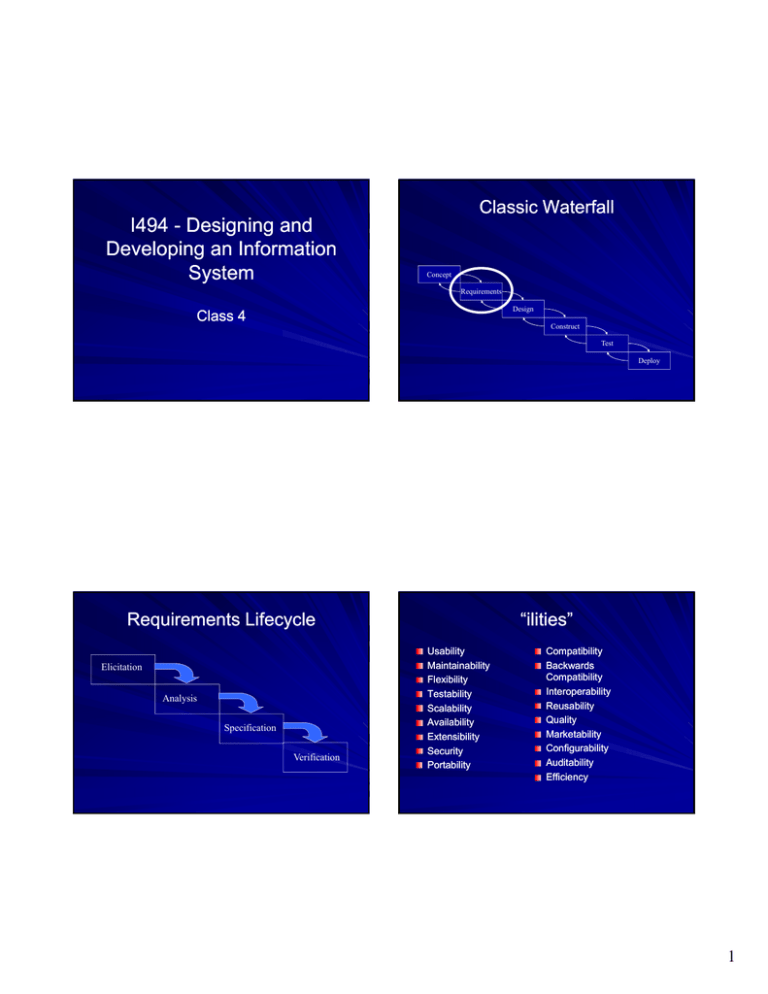
Classic Waterfall I494 - Designing and Developing an Information System Concept R i Requirements t Design Class 4 Construct Test Deploy Requirements Lifecycle Elicitation Analysis y Specification Verification “ilities” ilities” Usability Maintainability Flexibility Testability Scalability Availability Extensibility Security Portability Compatibility Backwards Compatibility Interoperability Reusability R bilit Quality Marketability Configurability Auditability Efficiency 1 Kinds of Requirements Exciting – Over the top ideas Regular – Standard St d d ideas id Expected – Unstated ideas Complete Requirements Fully describes functionality Contains all information to design and build Use U placeholders l h ld (t (templates) l t ) Example: Excellence in Requirements Complete Correct Feasible Necessary Prioritized Unambiguous Verifiable Correct Requirements Strive for total accuracy Users are critical in determining correctness – The system must capture customer information – The system must capture name, address, phone number and email information for customers 2 Feasible Requirements Can it be built? Do you have the skills to build it? Necessary Requirements Actual need Legal compliance Traced to origin – Understand why functionality is required Prioritized Requirements Rank – High, medium low Trace – How H are ffunctions ti related? l t d? Provides flexibility for schedule adjustments, new requirements, etc. Unambiguous Requirements Two person test: – Randomly choose two people – Do they agree on interpretation Natural language can be problematic Use the user’s language – not jargon 3 Verifiable Requirements Develop test scenarios in advance Version Management Consider the lifecycle of the requirements Do you change them? Is there a document for each change? What about the schedule? Changes have ripple effects Exit Strategy All projects need an exit strategy In other words, plan for completion Might be contractually defined Organization How should we label the requirements – By name – By number – By category 4 Strategy Work from high level to details Use diagrams to communicate ideas Build a dictionary – Users have a different language – Use html documents for navigation What is a good task? Requirements: What Are We Producing? A document? A contract? Does the requirements specification follow a lifecycle? What is a good task? Description of what is to be done An estimate of how long it will take to complete An identified responsible party to complete Pre--constraints Pre Co--constraints Co Post--constraints Post 5 Are all necessary? Description of what is to be done An estimate of how long it will take to complete An identified responsible party to complete Pre--constraints Pre Co--constraints Co Post--constraints Post 6
